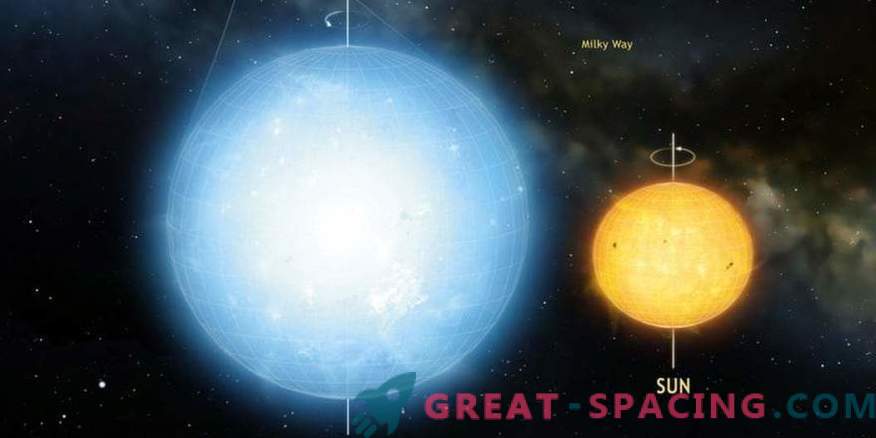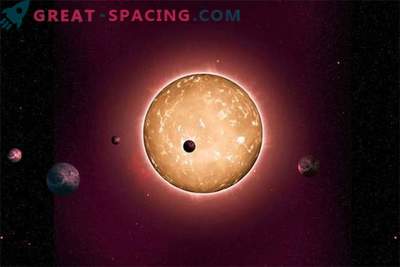
By measuring the vibrations of a distant star in the period of brightness, astronomers have discovered that a strange object represents an almost perfect sphere.
When we think of a star or see photos and diagrams of our Sun, we have a spherical ball of superheated gas. But no star is completely spherical. In fact, they are flattened and acquire a more oval shape. Why? As all stars rotate, their centrifugal force causes the object to flatten. In the case of our Sun making one revolution in 27 days, this effect is not very noticeable (but it was still measured). The sun is wider at the equator by 10 km (6.2 miles) than at the poles.
Although all the stars revolve, astronomers have made an incredible discovery. It turned out that there is a star that is not just almost perfectly spherical, but may also be the most ideally spherical object ever found in nature.
Kepler 11145123 is located about 5,000 light-years from our planet. Using observations collected over 4 years using the NASA Kepler space telescope, a team of astronomers led by Max Planck’s Solar System institute at Göttingen University, Laurent Guézon, was able to accurately measure the brightness of a star. And these vibrations revealed the secret of the object. All the stars emit vibrations, as if to turn on Metallica near the jelly plate. Having measured the jelly swinging, we can calculate the frequency of sound waves passing through the substance, and then from these measurements we will understand how large the density of the jelly is and even measure its exact shape. Although the rocking of stars does not occur so intensely, the waves pulsate through our Sun and measuring them helps to understand how our star physically looks. This section of research is called helioseismology. When studying other stars, it is called astroseismology.
Thus, by measuring the types of oscillations (slight changes in brightness), the Gison team was able to “see” that Kepler 11145123 supports purely sinusoidal oscillation types. By comparing the sensitive frequencies of the high latitudes of the star with the low ones, they were able to accurately measure the “flatness” of the star. And their discovery was a surprise. The width of its equator is only 3 km (1.9 miles) greater than the distance between the poles.
“This makes Kepler 11145123 the most round natural object ever measured. It is even more circular than the Sun, ”said Gison in a statement. Although its rotational speed is three times less than that of the Sun, Kepler 11145123 has a more spherical shape than was thought possible. What is going on? Gizon believes that the magnetic field of the star plays a certain role in this matter. He hopes to use future space telescopes to search for other stars in our galaxy with a low rotation speed in order to estimate how spherical they are.
“We plan to apply this method to the rest of the stars observed by Kepler, and through the upcoming TESS and PLATO space missions. It will be particularly interesting to learn how fast rotation and a strong magnetic field can change the stellar shape, ”he added. “Now a very important theoretical field in astrophysics will be engaged in observations.”











































